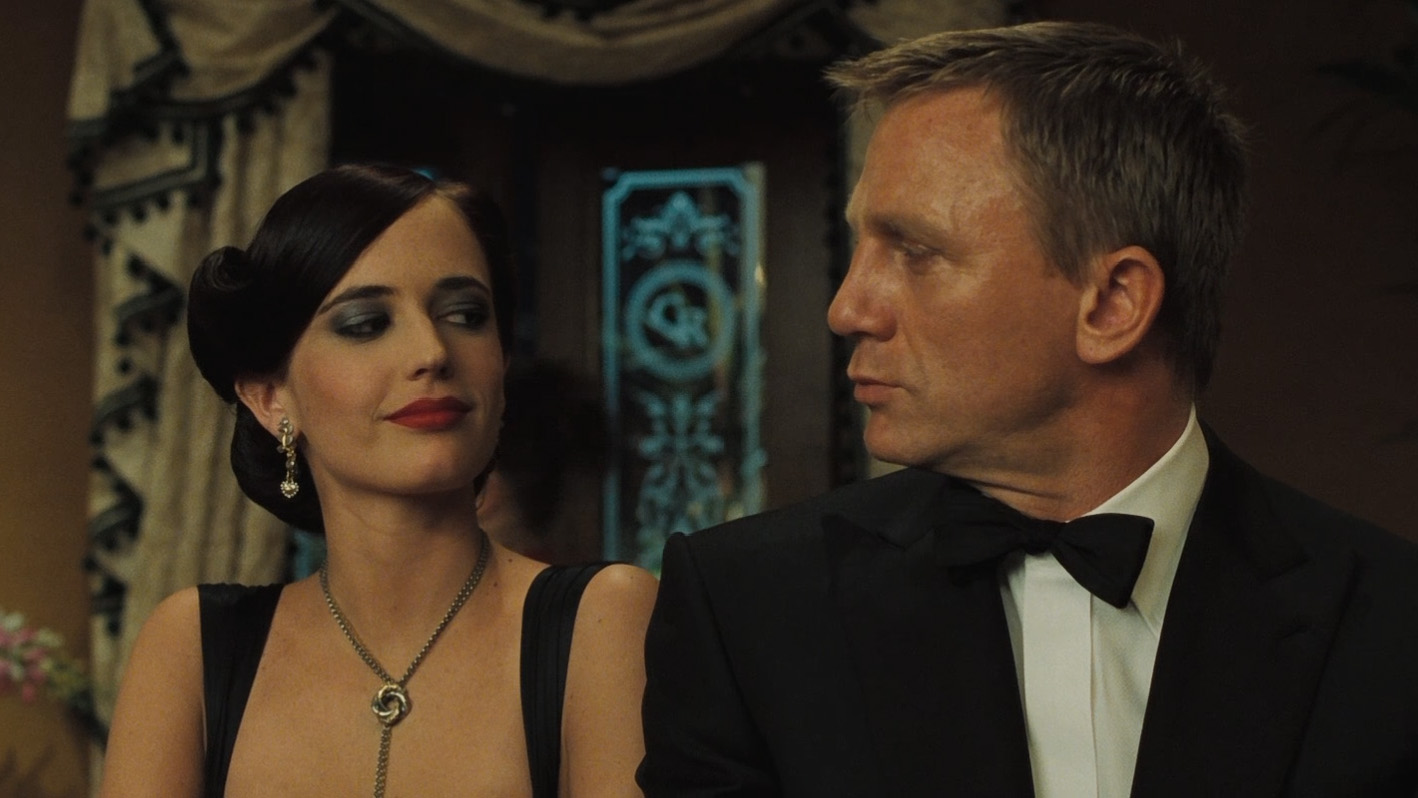No Time to Die, the 25th installment in the James Bond franchise and Daniel Craig’s final portrayal of the character, was originally scheduled for a global release last April. But due to the ongoing coronavirus pandemic, MGM, Eon Productions, and Universal Pictures have decided to push back the film’s release to November after a “careful consideration and thorough evaluation of the global theatrical marketplace.” A move that even the biggest Hollywood studios like Disney and Sony have been forced to followed suit.
As much as I want to have seen it on the big screen by this point, this seven-month pushback opened up a convenient opportunity for me to revisit Craig’s Bond films, not only to refresh my memory of the overarching story, but also to gain some new insights and perspective on each entry in today’s landscape. I’m also curious if my initial reception to Quantum of Solace and Spectre (both of which I’ve found to be the weaker ones in the whole series) would change with a rewatch. With all that said, this is my re-view of the first one in the series – Casino Royale.
Now widely regarded as one of the best films in the franchise, Casino Royale successfully ushered in a bold new age for James Bond. Directed by Martin Campbell (who also directed 1995’s Goldeneye), it rebooted the series to a more grounded place, leaving much of the established tropes behind and veering away from the ever-increasing campiness of the Pierce Brosnan era. The straightforward and bare-bones approach to spy storytelling of its contemporaries like Jason Bourne was a critical hit, and started to make Bond’s larger than life adventures seem just a bit dated and goofy. As a result, Neal Purvis and Robert Wade began writing the screenplay of the next Bond film with the intention of adding more realism and faithfulness to Ian Fleming’s novels and original vision for the character. The film was originally written with Brosnan still at the lead role. Unfortunately his contract was up, fulfilling his last portrayal of the character in Die Another Day.
With the franchise looking to start over from the beginning, Casino Royale now became the perfect opportunity for Eon and MGM to search for a new lead, the most palpable way to definitely cut ties from what came before and bring in a new era. They found their new Bond in Daniel Craig, whose blond hair and stern looks certainly seemed unconventional compared to the suave, chiseled looks of the previous incarnations. Controversy soon followed the decision, with internet campaigns being started to boycott the movie because of his unconventional looks. But Craig’s muscular physique added a commanding physicality to the role, his Bond resorting to brute force over style most of the time. Most importantly, it successfully channeled Fleming’s intended characterization to a modern setting – a relentless, intelligent assassin equipped with a cynical arrogance to finish the job for queen and country – and turned out to be one of the best portrayals of the character.

Playing opposite Bond is the next important role in the film, the Bond girl. Eva Green’s performance as Vesper Lynd is so skillful and compelling that it elevated her on the same pedestal as Bond. Alluring and strong, she kept a guard that held her own against Bond’s typical charms that it’s him who ends up helplessly falling for her. Rounding up the rest of the cast is Mads Mikkelsen as the chillingly sinister Le Chiffre, a private banker who funds terrorist organizations around the world. He’s earned a place among the best of the Bond villains without the need to be a grand and elaborate showoff with world-threatening schemes, something that would have dragged the character down. He even mockingly comments on the trope later on in the film while torturing Bond in a scene that the male audience would definitely find grueling. Judi Dench still continued to play M, being the only remaining cast member from the Brosnan era. I don’t fault them for not recasting the part, simply because she’s played it so perfectly that it’s one of the few characters that puts Craig’s Bond in his place.
The story also served as a fresh start for the series. Based on Fleming’s novel of the same name, Casino Royale follows a straight but sophisticated plot and presented it in a simple but effective three-act structure, in which we are shown Bond’s promotion to Agent 007 and his career’s beginnings. In this, he must take down Le Chiffre in an invitational high-stakes poker game and leave him bankrupt. It’s the first time since 1987’s The Living Daylights where a Bond film’s based anything on the books. There’s still plenty of action throughout the film, this time more practical than the excessive CGI stunts of the past, and still managed to be suspenseful and brutal. The exhilarating Madagascar chase sequence in the first act – which remains to be one of the best action set-pieces in the franchise – has Bond doing parkour over a construction site and running through walls, immediately establishing that this is a different kind of Bond.
Casino Royale came out at the right place at the right time, subsequently bringing new life and plenty of interest back to a franchise most considered to already be down in the dumps at the time. One of the film’s strong suits come from playing against the series cliches we’ve been accustomed to (which unfortunately goes back full circle in 2015’s Spectre). The ridiculous gadgets and cheesy one-liners by hokey villains are gone, but by being smaller in scope somehow made it grander and ambitious. It also showed a merciless secret agent that is Bond, and also his gentle, human side that only a few films have been able to portray. Not only is Casino Royale one of the greatest Bond films, but it’s a great standalone film in itself, and that’s a big accomplishment that remains unparalleled in the 007 franchise.
